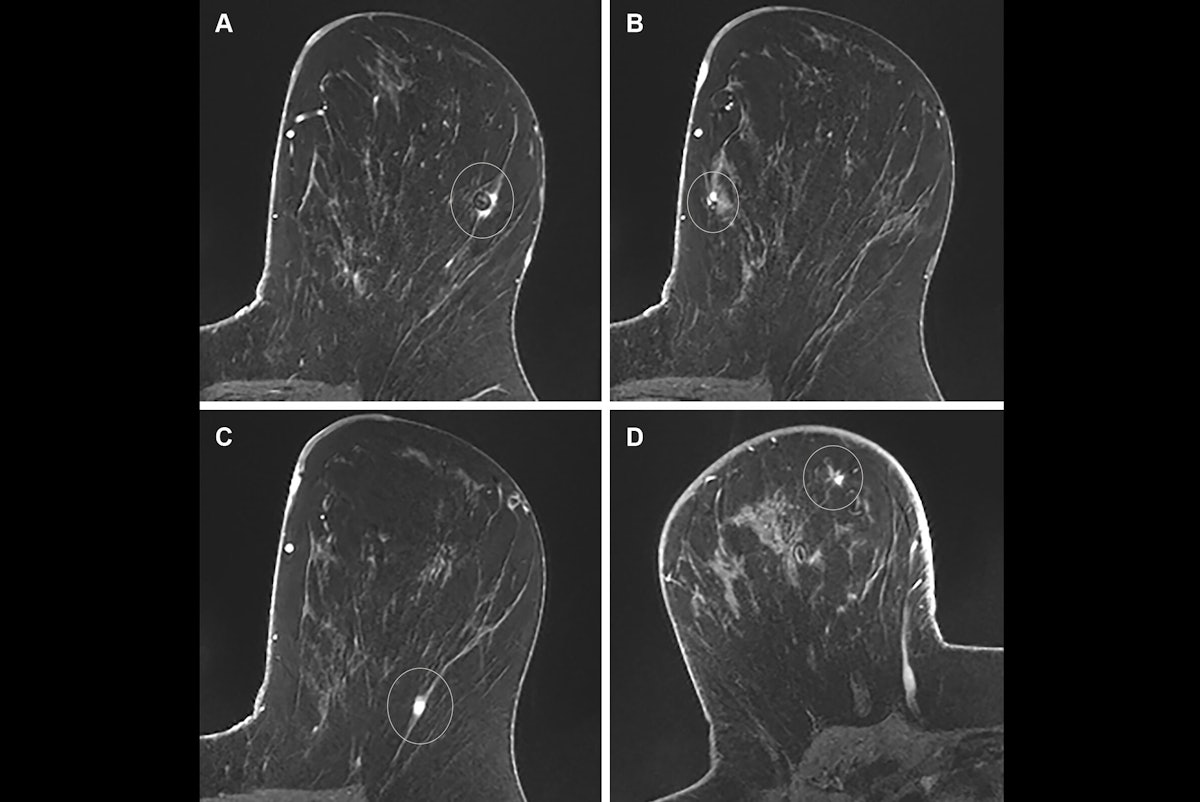Using the upcoming version of BI-RADS for auditing preoperative breast MRI is feasible, according to research published October 14 in Radiology.
A team led by Ethan Cohen, MD, from The University of Texas M.D. Anderson Cancer Center in Houston…

Using the upcoming version of BI-RADS for auditing preoperative breast MRI is feasible, according to research published October 14 in Radiology.
A team led by Ethan Cohen, MD, from The University of Texas M.D. Anderson Cancer Center in Houston…

Listen below or download the episode.
Find Sharp Waves episodes on Spotify, Apple Podcasts, Amazon Music, iHeart Radio, and Stitcher.
Sharp Waves episodes are meant for informational purposes only, and not as…

JOHANNESBURG — JOHANNESBURG (AP) — South Africa’s health minister on Tuesday called lenacapavir, the first twice-yearly HIV prevention jab in the world, a “groundbreaking” tool to fight the disease, but warned initial donated supply would…
PRAGUE, Oct. 14 (Xinhua) — A growing outbreak of hepatitis A is spreading across the Czech Republic, with Prague reporting 826 cases since January and 10 deaths, the Prague public health authority HygPraha said on Tuesday.
According to the…

The World Health Organisation’s cancer research arm has found “sufficient evidence” that tougher rules on alcohol would help fight cancer – while acknowledging that introducing them in Europe will be politically difficult.
Every year,…
This request seems a bit unusual, so we need to confirm that you’re human. Please press and hold the button until it turns completely green. Thank you for your cooperation!

This request seems a bit unusual, so we need to confirm that you’re human. Please press and hold the button until it turns completely green. Thank you for your cooperation!

New study shows that just 30 minutes of less sitting each day can improve the body’s ability to utilize fats and carbohydrates for energy production. Reducing sedentary behavior can be particularly beneficial for people who are…
Note to reporters: An embargoed video explaining the research is available for preview at https://youtu.be/E5hDhWSmeoY. The mother featured in the video is available for media interviews.
Hearing the…